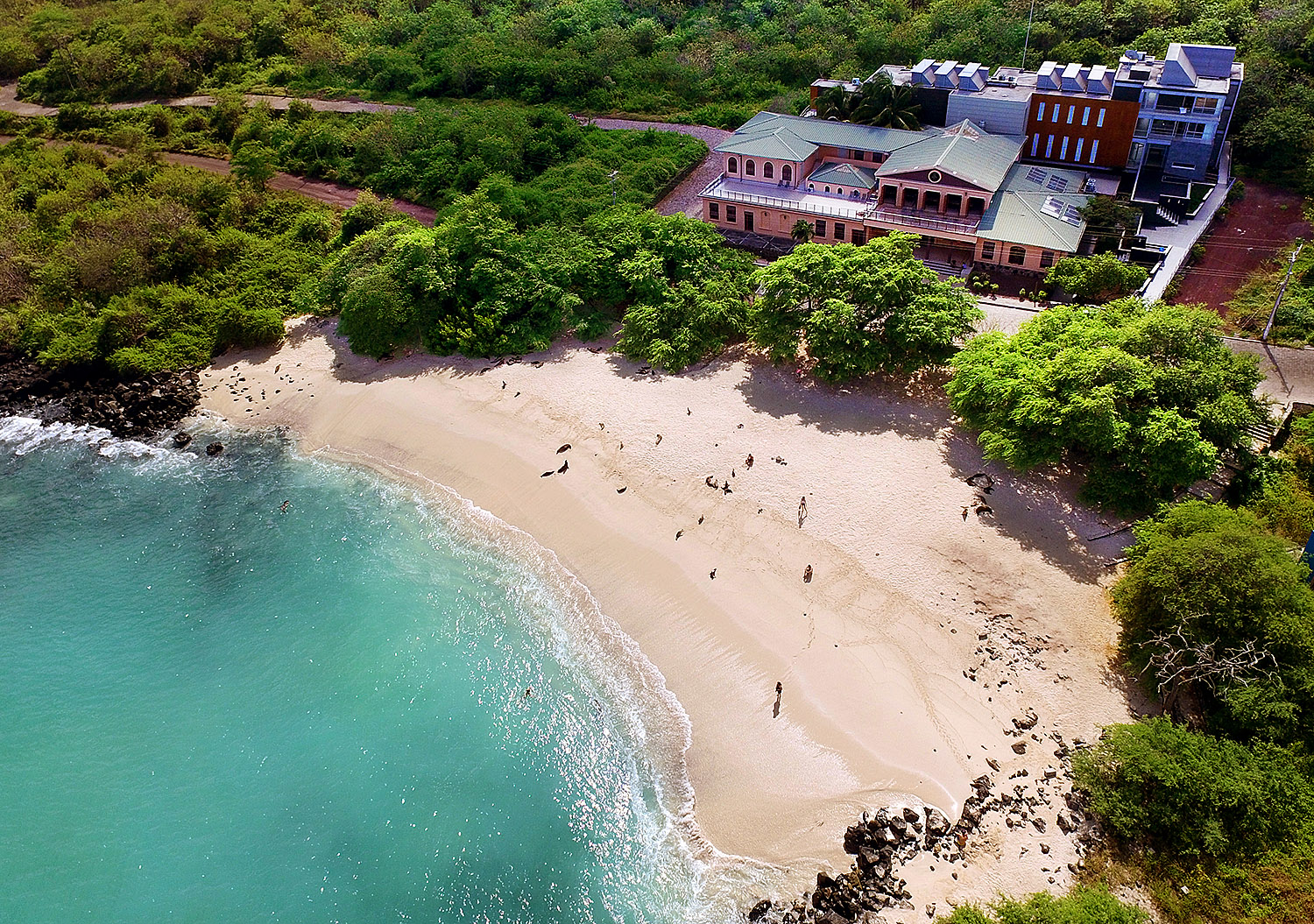- Membership
- Perks and Discounts
- Things To Do
- Resources
- News
- About
- Shop
Related Content
‘A Compelling Project for Good’
March 8, 2024
When Irving Hoffman ’94 (MPH), director of international operations for the Institute for Global Health...
Read MoreTEACCH Your Children Well
Jan. 8, 2024
A program created at Carolina decades ago revolutionized care and services for kids with autism...
Read MoreAI in the Time of the End
Nov. 16, 2023
Carolina philosophy professor Thomas Hofweber founded the UNC AI Project to try to answer difficult...
Read More-
2024
-
2023
-
2022
-
2021
-
2020
-
2019
-
2018
-
2017
-
2016
-
2015
-
2014
-
2013
-
2012
-
2011
-
2010
-
2009
-
2008
-
2007
-
2006
-
2005
-
2004
- Academics and Athletics
- Admissions
- Alumni Profiles
- Alumni Recognition
- Around Town
- Arts
- Books
- Campus Profile
- Campus Safety
- Carolina Alumni Awards
- Carolina Alumni Leadership
- Carolina Alumni Programs and Outreach
- Carolina Alumni Reunions
- Carolina Alumni Review
- Celebrations
- Championships
- College and Costs
- Commencement
- Coronavirus
- Discovery
- Extracurricular
- Faculty
- Faculty Awards
- For the People
- Go Heels
- Greek Life
- Hark the Sounds
- Higher Education
- Homecoming
- In Class
- In Memoriam
- Innovation and Technology
- Issues
- Object Lesson
- On View
- Our Treescape
- Philanthropy
- Podcast
- Public Service
- Race and Reckoning
- Research
- Sexual Assault
- Silent Sam
- Sports
- Structures
- Student Achievement
- Students
- Timelines
- Tuition and Financial Aid
- UNC Libraries
- UNC’s History
- Undergraduate Spotlight
- University Achievements
- University Awards
- University Budget Issues
- University Development
- University Leadership
- University News
- University Rankings
- What We Do
- Who We Are
- Young Alumni
- Yours at Carolina
Grant Enables UNC to Study Galápagos, Other Islands
Posted on Dec. 6, 2017
A three-year, $720,000 grant will examine the effects of social and ecological factors on the environment and on the sustainability of island ecosystems. (Photo by Neil Caudle)
The University has received a funding boost for its research in the Galápagos Islands and work elsewhere in the world, including in Hawaii and Puerto Rico.
The NASA Land Cover/Land Use Change Program has a three-year grant for $720,000 to examine the effects of social and ecological factors, particularly human migration and tourism, on the environment and on the sustainability of island ecosystems. The principal investigator is Steve Walsh, director of UNC’s Center for Galápagos Studies.
While the Galápagos are the central area of study for the grant, the project also includes Hawaii, Puerto Rico and other islands that are similarly challenged by the multi-scale and multidimensional threats to island ecosystems and their sustainability.
Walsh, the Lyle V. Jones Distinguished Professor of geography, specializes in satellite remote sensing, spatial simulation models and population-environment interactions. The NASA grant will support him and his co-investigators in their examination of the environmental impacts of economic development on remote island ecosystems. The grant will explore the land cover program that profoundly affects the natural environment in places like Hawaii, Fiji and the Canary Islands. An improved understanding of these connections is critical for identifying the effects of changing environments on exotic island ecosystems and explaining the impacts of the tourism industry and environmental and economic transitions on broader land use issues.
Walsh notes that because of the rise in global wealth, more people seek to visit and experience “special” places in the world, putting more pressure on fragile island ecosystems and introducing new threats to island sustainability. While islands often are relatively small in size, geographically remote and varied in their morphological, ecological, human and topographic settings, they also are fragile and sensitive to changes caused by natural and anthropogenic factors, which are increasingly associated with the temporary migration of tourists to islands.
© 2024 Carolina Alumni
